Resources
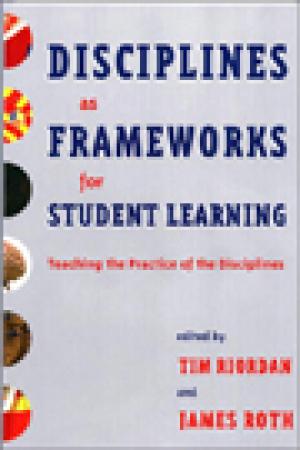
Creating ways to make a discipline come alive for those who are not experts - even for students who may not take more than one or two courses in the disciplines they study - requires rigorous thought about what really matters in a field and how to engage students in its practice. Faculty from Alverno College representing a range of liberal arts disciplines - chemistry, economics, history, literature, mathematics and philosophy - here reflect on what it has meant for them to approach their disciplines as frameworks for student learning. The authors all demonstrate how the ways of thinking they have identified as significant for their students in their respective disciplines have affected the way they design learning experiences. They show how they have shaped their teaching around the ways of thinking they want their students to develop within and across their disciplines; and what that means in terms of designing assessments that require students to demonstrate their thinking and understanding through application and use. (From the Publisher)
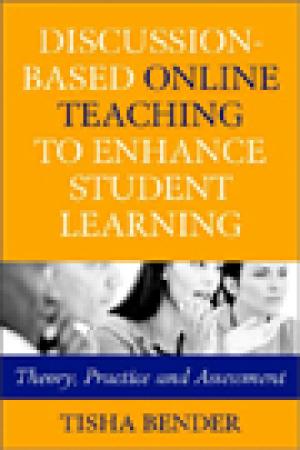
As online courses proliferate, teachers increasingly realize that they have to connect with their students as they would in face-to-face classes. They have to provide true opportunities for inspirational and meaningful learning, rather than a sterile experience of clicking within a labyrinth of links. With the specific purpose of switching emphasis from the technical issues of online teaching to the human implications of teaching and learning through the Internet, Tisha Bender draws on her extensive research, her training of online faculty, and her own online teaching experience, to create a fresh vision of online pedagogy. Discussion-Based Online Teaching to Enhance Student Learning consists of three parts: Theory Practice Assessment The author shows how she applies learning theories to online discussion-based courses. She presents a wealth of suggestions and techniques, illustrated by real examples, for stimulating and managing online discussion effectively, and for improving teaching practices. The book concludes with methods for assessing the efficacy of online courses. This accessible and comprehensive book offers an engaging and practical approach to online teaching that is rooted in the author's experience and enthusiasm for creating a virtual environment involves students and fosters deep learning. This is a book for all educators and administrators in higher education, in any discipline, engaged in, or contemplating offering, online classes that involve discussion or collaborative learning. It is relevant both to faculty teaching a hybrid class (a class taught on campus that also has an online component) and courses that are taught entirely online. (From the Publisher)
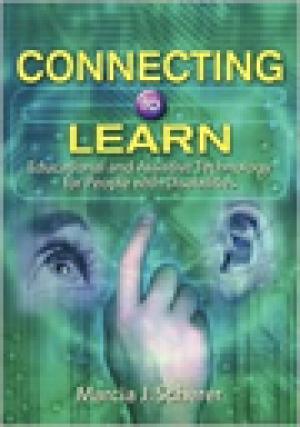
Connecting to Learn: Educational and Assistive Technology for People With Disabilities presents a comprehensive approach to matching the right assistive technology with students with disabilities, especially visual and auditory disabilities. Dr. Scherer explores the way disabilities, especially those involving the senses, can lead to isolation and a lack of "connectedness," and how this leads to educational difficulties. She then provides a step-by-step model for assessing and evaluating the needs of individual students and finding the right assistive technology to help each student. This practical book features data on prevalence of vision and hearing loss as well as quotations from students and teachers about the various technologies they use in their schools and in daily life. School psychologists, educators, and rehabilitation psychologists will find this book indispensable in their efforts to help those with disabilities learn, live, and connect with others. (From the Publisher)
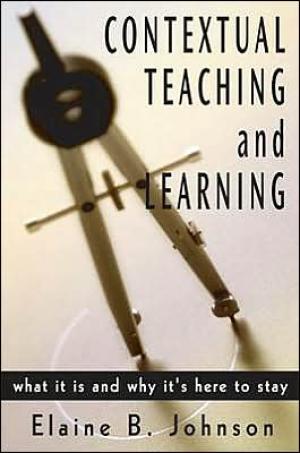
Contextual teaching and learning (CTL) is a system for teaching that is grounded in brain research. Brain research indicates that we learn best when we see meaning in new tasks and material, and we discover meaning when we are able to connect new information with our existing knowledge and experiences. Students learn best, according to neuroscience, when they can connect the content of academic lessons with the context of their own daily lives. Johnson discusses the elements of the brain-compatible contextual teaching and learning system: making meaningful connections; investing school work with significance; self-regulated learning; collaboration; critical and creating thinking; nurturing the individual; reaching high standards; and using authentic assessment. Drawing on the practices of teachers in kindergarten through university, Johnson provides numerous examples of how to use each part of the CTL system. Contextual Teaching and Learning: What it Is and Why It's Here to Stay is more than a handbook on precise steps to follow to help children of all abilities achieve high standards by joining academic lessons with their immediate context. This book also explains how the brain works, discusses why teachers need to pay attention to context, and makes a strong case for the need to teach students to think critically and creatively. This inspirational book urges educators to eliminate the student question: "Why do we have to learn this?" If the educators invest learning with meaning by relying on context, that question won't have to be asked. (From the Publisher)
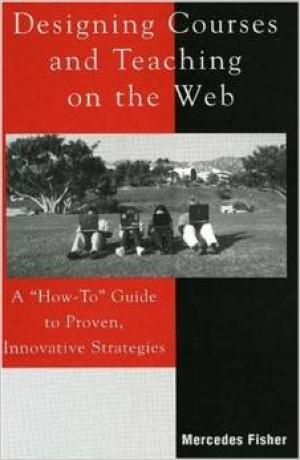
Here is a practical, how to book written for new online web instructors. It will also be helpful to course designers, trainers, administrators, or anyone interested in the potential of online learning and training by providing an excellent introduction to the online education arena. The format provided will easily fit into any course design while utilizing a variety of current resources and tools. (From the Publisher)
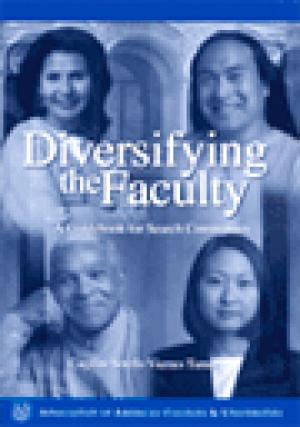
This monograph suggests ways in which an institution can diversify its faculty and facilitate the work of the search committee before a candidate ever reaches the interview stage. It outlines a step-by-step process to improve the likelihood of a successful search, and it recommends items to consider after a hire is confirmed to ensure that the new faculty member will be more likely to stay. The sections are: (1) Before the Search Begins; (2) The Search Process; and (3) After the Search. Appendixes contain a checklist of best practices, a list of leading institutions for minority Ph.D.s, a list of baccalaureate institutions identified as producers of numbers of female doctorates; and a list of Web resources of programs for building diverse faculties. An annotated bibliography lists 59 sources for additional information. (Contains 36 references.) (From the Publisher)
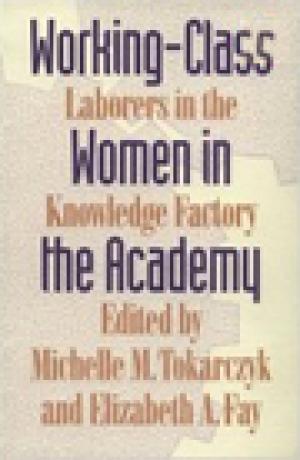
"My mother still wants me to get a 'real' job. My father, who is retired after forty-four years in the merchant marine, has never read my work. When I visited recently, the only book in his house was the telephone book." "I do not know that my mother's mother ever acknowledged my college education except to ask me once, 'How can you live so far away from your people?'. Thus write two of the twenty women from working-class backgrounds whose voices are heard in this unique collection of essays. Each of the women has lived through the process of academic socialization - as both student and teacher - and each has thought long and deeply about her experience from an explicitly feminist perspective. Among the questions the contributors explore, What are the issues - pedagogical, theoretical, and personal - that affect the professional and private lives of these women? How do they resolve tensions between their roles as middle-class professionals and their roots in working-class families? How do class and gender intersect in the academy? (From the Publisher)

These autobiographical and analytical essays by a diverse group of professors and graduate students from working-class families reveal an academic world in which "blue-collar work is invisible." Describing conflict and frustration, the contributors expose a divisive middle-class bias in the university setting. Many talk openly about how little they understood about the hierarchy and processes of higher education, while others explore how their experiences now affect their relationships with their own students. They all have in common the anguish of choosing to hide their working-class background, to keep the language of home out of the classroom and the ideas of school away from home. These startlingly personal stories highlight the fissure between a working-class upbringing and the more privileged values of the institution. (From the Publisher)
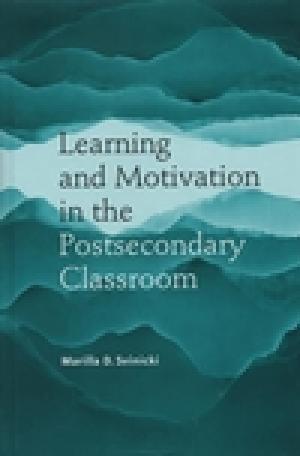
While there is much available research and theory about learning and motivation, until now there has been no resource that translates esoteric findings into everyday language and examples that can be readily applied in college classrooms. This book brings the findings and theories of educational psychology to classroom faculty, helping them to adopt a scholarly approach to understanding their students' learning problems. (From the Publisher)
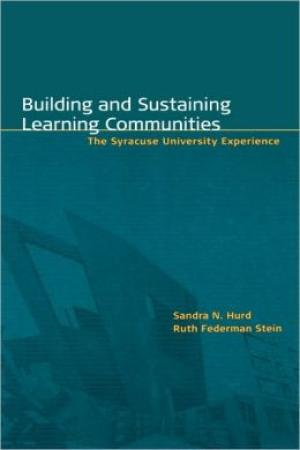
Learning communities are small groups of students who come together with faculty and student affairs professionals to engage in common learning experiences. In Building and Sustaining Learning Communities, the authors, along with many of their colleagues, describe the rationale for learning communities, particularly in a large university; the process for setting them up; and reflections on these unique environments. After reading this book, administrators and faculty members will know precisely why they are worth considering and how to successfully create them. (From the Publisher)